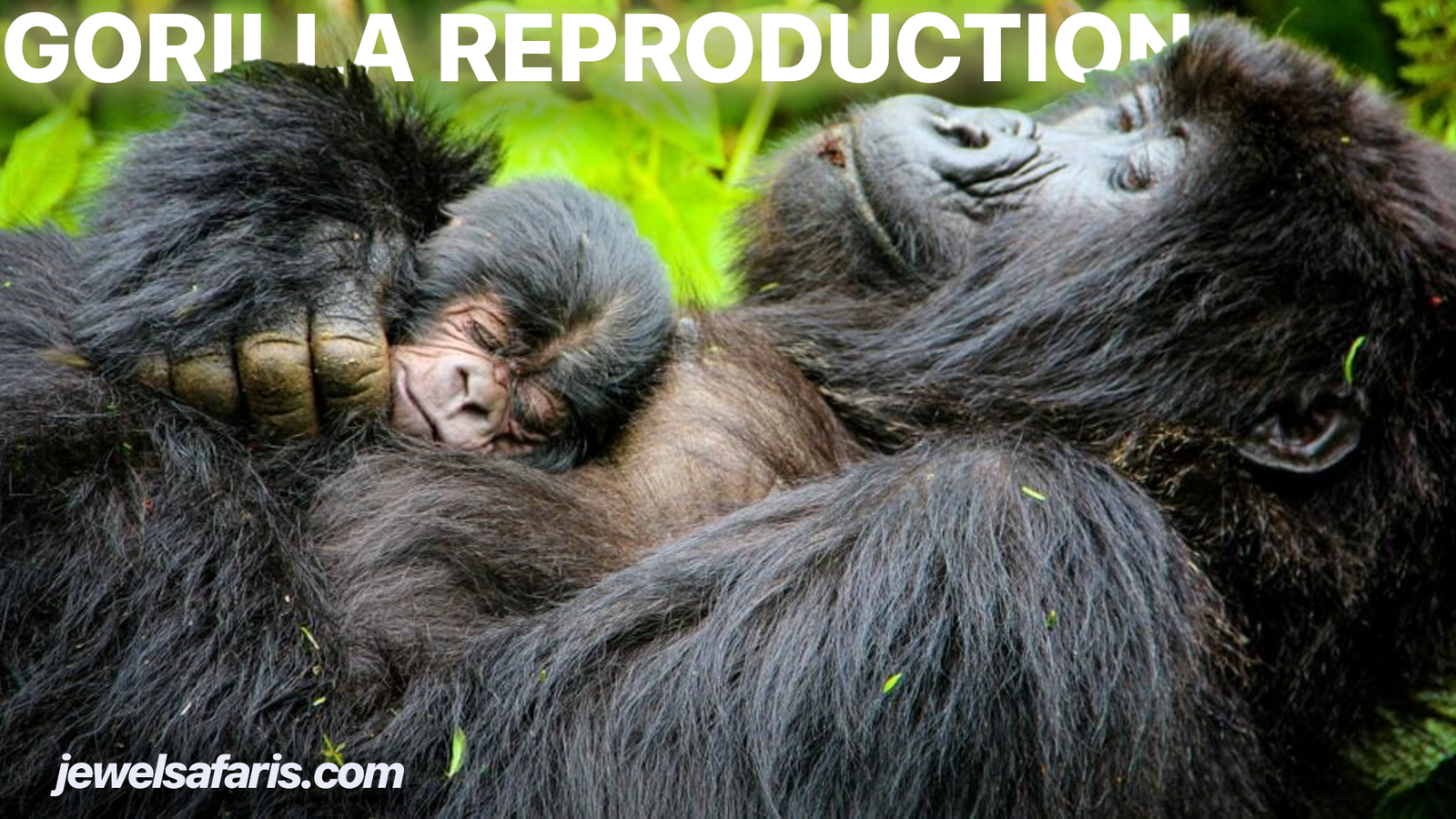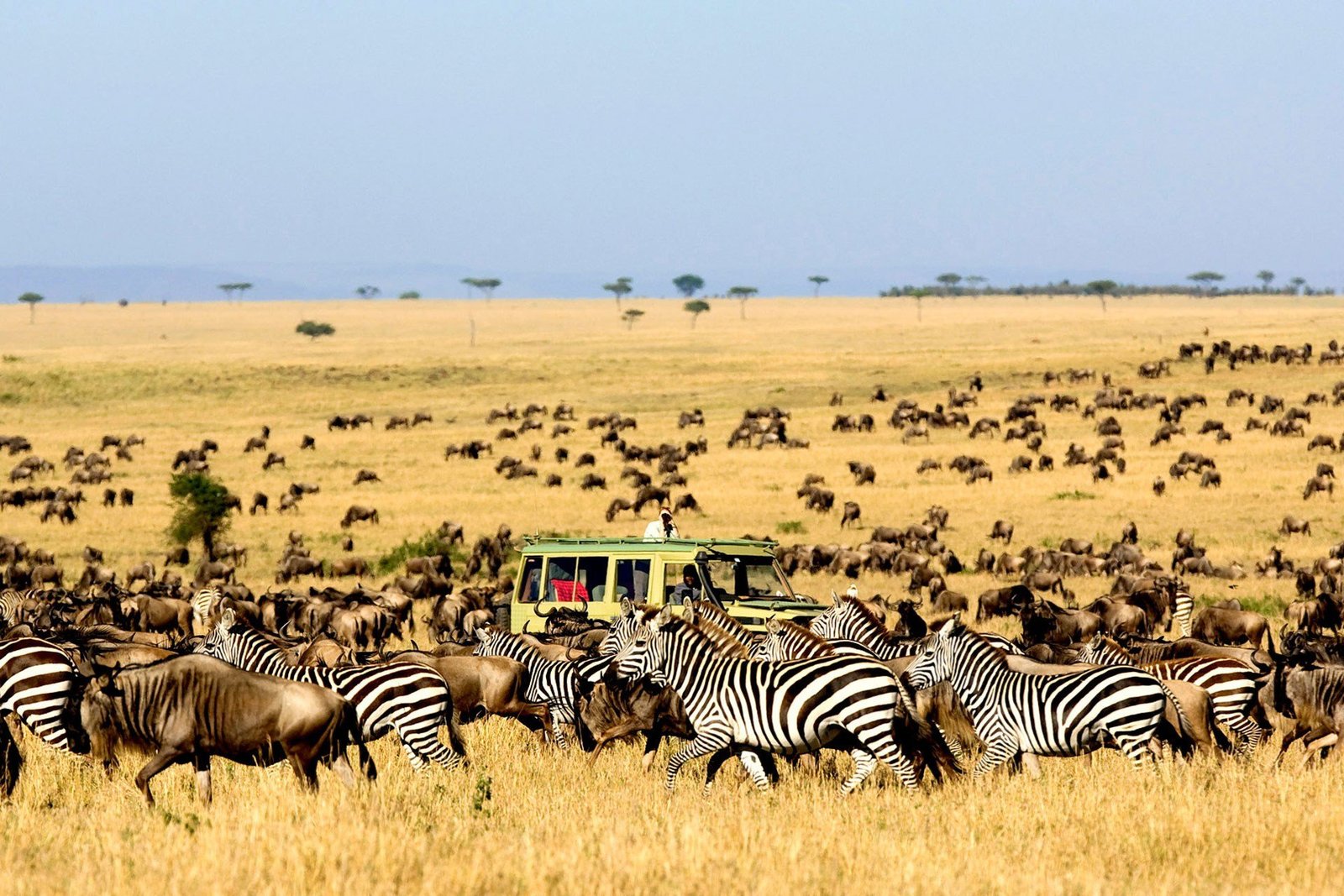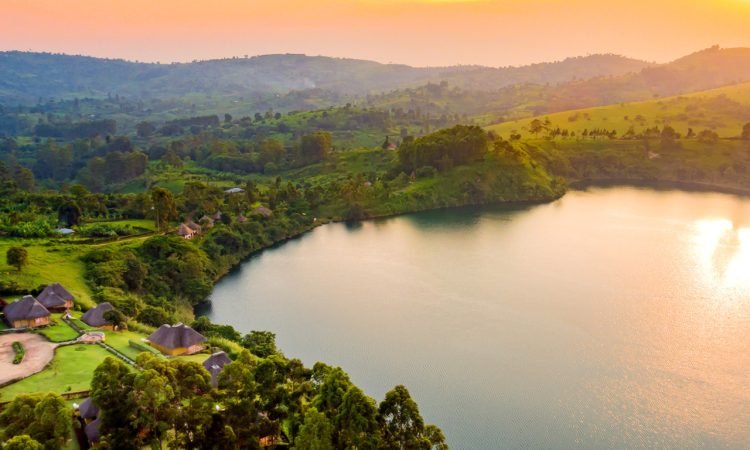Bwindi Impenetrable National Park
Situated in the south western part of Uganda on the slopes of Bwindi Impenetrable Forest is Bwindi Impenetrable National Park. The forest is known to be the most biologically diverse in Africa with over 120 mammal species, making it second in mammal numbers to Queen Elizabeth National Park. The name Bwindi comes from a local word “mubwindi bwa Nyinamukari” which was commonly referred to the mubwindi swamp in the southeast of Bwindi. It all started when parents asked for help and guidance from the swamp spirit so the spirits told the parents if they would only sacrifice their most beautiful daughter who was called Nyinamukari. After they threw the girl in water so they crossed safely to other side. When the news spread, people stopped going to the swamp calling it “Mubwindi bwa Nyinamukari”

Mountain Gorillas are Uganda’s premier attraction and one of the world’s most exceptional expedition is an encounter with these gentle giants on the secluded slopes of Bwindi Impenetrable Forest. Not only does Bwindi Impenetrable National Park harbour more than half of the world’s remaining mountain gorilla population (over 450 members) but also 11 other primate species which include: the black-and-white colobus, chimpanzees, L’Hoest’s monkeys, Red-tailed, Greater Potto, Demidoff’s galago, Blue monkeys and baboons to mention a few. Other residents of the park include forest elephants and a variety of other antelope species. The park also boosts of about 200 butterfly and over 400 bird species which include: grauer’s broadbill, Handsome francolin, strange weaver, yellow-eyed flycatcher, Rwenzori batis, Rwenzori nightjar, grauer’s rush warbler, Bar-tailed trogon, Jameson’s , Vanga flycatcher, dwarf honey guide, white-tailed crested mantled flycatcher, Newman warbler to mention a few. Its altitude ranges from1, 160m and 260m above sea level. In 1991, the 331 sq. km forest was gazetted to a national park status and later in 1994, declared a UNESCO Natural Heritage Site in order to protect its biodiversity. The park has about 19 habituated mountain gorilla groups, open for tourism in the four tracking sectors which are; Rushaga in the south, Nkuringo in the southwest, Buhoma in northwest and Ruhija in east. All these offer unique mountain gorilla trekking experiences.
Activities in Bwindi Impenetrable National Park
Gorilla trekking
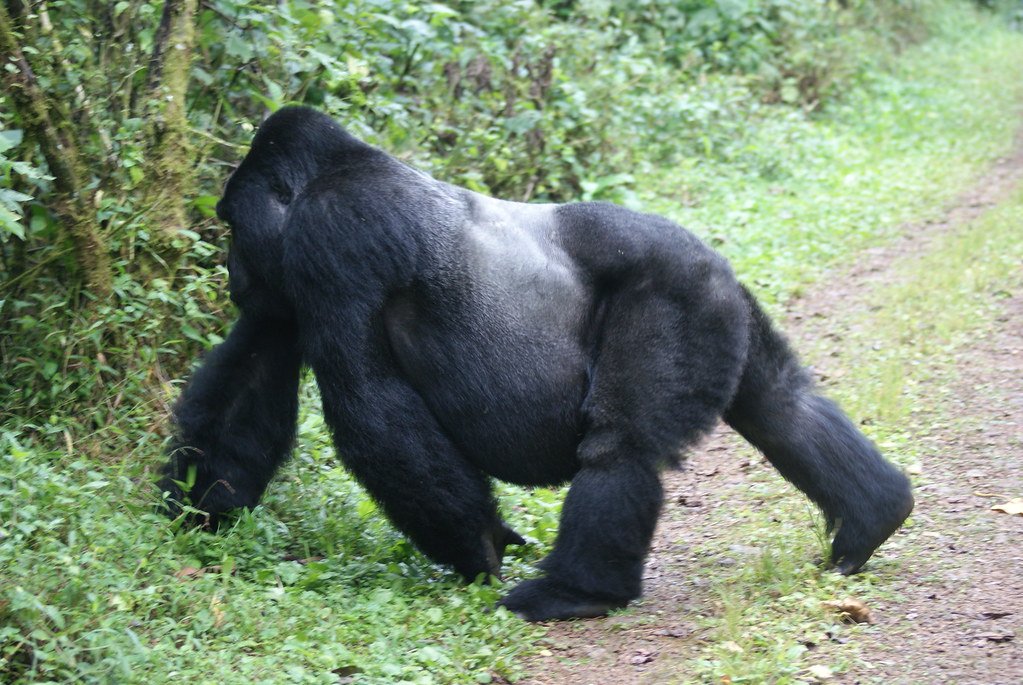
This is undoubtedly Bwindi’s foremost activity which involves walking through the thick forest under the guidance of an armed ranger and guide in search of these gentle giants. The first gorilla trekking expedition in Bwindi happened in 1993 when the Mubare family was tracked. This activity can take between 2-7 hours depending on the location of the gorillas. In order to undertake this activity, tourists require a permit which costs USD 700 per person and it is advisable to purchase the permit six months to the tracking date due to its high demand. About 19 families are opened for tracking and a maximum of 8 adult visitors allowed for each of the habituated groups each day.
Gorilla habituation
Gorilla habituation is a unique experience which involves gently making wild mountain gorillas familiar and comfortable to human presence. Worldwide, this activity can only be done in the Rushaga sector of Bwindi Impenetrable National Park where only two gorilla families are open for habituation. These families are: Bikyingi and Bushasho and this experience takes between 3-6 hours in the presence of the gorillas, costing USD 1,500 per person and allowing a maximum limit of 4 people per group per day.
Bird watching
Holding up to 400 bird species of which 25 are endemic to the Albertine rift, Bwindi is definitely a birder’s haven. With about four trails for birders, Bwindi provides an excellent spot for ticking off the forest rarities. The river Ivi trail which lies between Buhoma and Nkuringo is as rich as the Buhoma forest-edge Munyanga River trail. Leading to the 2607m Rwamunyonyi peak and the Mubwindi swamp trail is the Ruhija Bamboo trail.
Nature walk
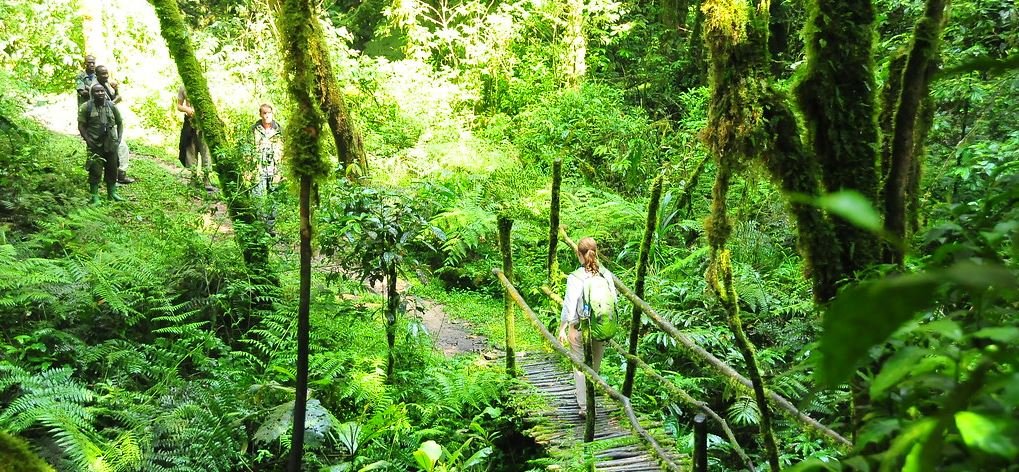
Carefully developed trails in the park provide a more relaxed way of exploring the luxuriant rain forest as you get to learn more with the help of a guide. The Munyanga river trail leads to the scenic waterfalls. The nature walk also provides an opportunity to see the abundant and amazing flora and flora, making your trek even more interesting. These nature walks can take between 3-6 hours depending on the interest on the visitors.
Batwa Forest Experience
The Batwa were the first people and believed to have lived in the forest for about 60,000 years, hunting and gathering fruits for survival. However, upon acquiring a national park status in 1992, the Batwa were evicted from the park and today, live in the communities bordering the park. To give visitors an insight into the lives of these people, the cultural experience provides a demonstration of how they hunted, cooked, made fire out of sticks, collected wild honey and also sharing their knowledge about the different plants in the forest. The highlight of this experience is watching the Batwa performing and dancing their cultural songs.
Mountain Biking
Mountain biking experiences are best done in the Buhoma sector. This activity is organized by Ride 4 a Woman community group who hire out bikes as well as providing guiding services to the bikers where the guides share their rich knowledge about the places visited as well as the community. Some lodges in the park can also arrange this activity upon prior booking.
Community Tourism/Walks.
Community visits by visitors interested in making a visit to the villages on the edges of the forest can be arranged with the help of a guide who will take you through the Batwa and Bakiga communities.
Best time to visit Bwindi Impenetrable National Park
Bwindi Impenetrable National Park is open for tourism all-year-round although it is advisable to visit during the dry season with the best chance of sunny skies and clear days perfect for wildlife viewing and when the roads are in good condition. This is between the months of June and August and again between the months of December and February.
How to get to Bwindi Impenetrable National Park
By Road
The park can be accessed from Kampala through Mbarara, a drive that takes about 7-8 hours. A daily bus service leaves Kampala for Butogota via Rukungiri and Kihihi. From Queen Elizabeth National Park, the journey takes about 3-5 hours, passing through Ishasha.
By Air
3 airstrips serve Bwindi at Kihihi and Nyakabande in Kisoro. Planes can be chartered from Entebbe airport or Kajjansi airfield.
Where to stay in Bwindi Impenetrable National Park
Accommodation in the park can be in a lodge or tented camps. The following facilities offer lodging within and around the park.
- Clouds Mountain Gorilla Lodge
- Four Gorillas Lodge
- Nkuringo Gorilla Lodge
- Rushaga Gorilla Camp
- Trekker’s Tavern Cottages
- Bakiga Lodge
- Mahogany Springs Safari Lodge
- Buhoma Lodge
- Engagi Lodge
- Bwindi Jungle View
- Gorilla Mist
- Silverback Lodge
- Haven’s Lodge
